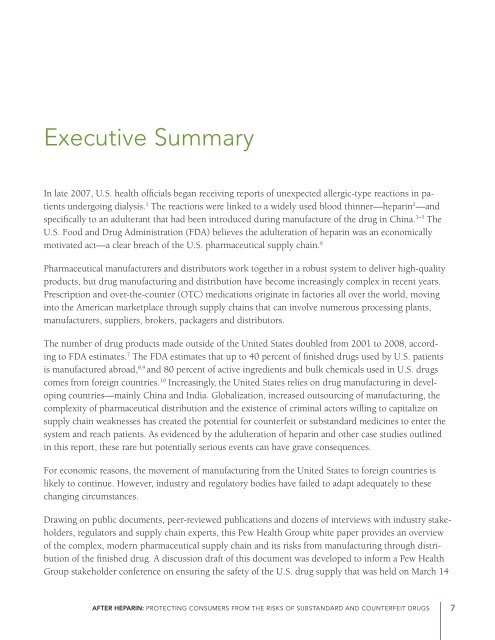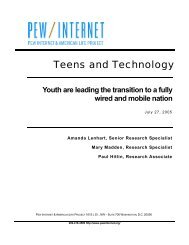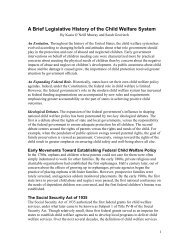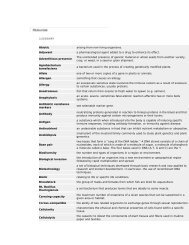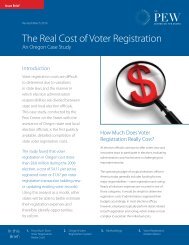After Heparin: - The Pew Charitable Trusts
After Heparin: - The Pew Charitable Trusts
After Heparin: - The Pew Charitable Trusts
You also want an ePaper? Increase the reach of your titles
YUMPU automatically turns print PDFs into web optimized ePapers that Google loves.
Executive Summary<br />
In late 2007, U.S. health officials began receiving reports of unexpected allergic-type reactions in patients<br />
undergoing dialysis. 1 <strong>The</strong> reactions were linked to a widely used blood thinner—heparin 2 —and<br />
specifically to an adulterant that had been introduced during manufacture of the drug in China. 3–5 <strong>The</strong><br />
U.S. Food and Drug Administration (FDA) believes the adulteration of heparin was an economically<br />
motivated act—a clear breach of the U.S. pharmaceutical supply chain. 6<br />
Pharmaceutical manufacturers and distributors work together in a robust system to deliver high-quality<br />
products, but drug manufacturing and distribution have become increasingly complex in recent years.<br />
Prescription and over-the-counter (OTC) medications originate in factories all over the world, moving<br />
into the American marketplace through supply chains that can involve numerous processing plants,<br />
manufacturers, suppliers, brokers, packagers and distributors.<br />
<strong>The</strong> number of drug products made outside of the United States doubled from 2001 to 2008, according<br />
to FDA estimates. 7 <strong>The</strong> FDA estimates that up to 40 percent of finished drugs used by U.S. patients<br />
is manufactured abroad, 8,9 and 80 percent of active ingredients and bulk chemicals used in U.S. drugs<br />
comes from foreign countries. 10 Increasingly, the United States relies on drug manufacturing in developing<br />
countries—mainly China and India. Globalization, increased outsourcing of manufacturing, the<br />
complexity of pharmaceutical distribution and the existence of criminal actors willing to capitalize on<br />
supply chain weaknesses has created the potential for counterfeit or substandard medicines to enter the<br />
system and reach patients. As evidenced by the adulteration of heparin and other case studies outlined<br />
in this report, these rare but potentially serious events can have grave consequences.<br />
For economic reasons, the movement of manufacturing from the United States to foreign countries is<br />
likely to continue. However, industry and regulatory bodies have failed to adapt adequately to these<br />
changing circumstances.<br />
Drawing on public documents, peer-reviewed publications and dozens of interviews with industry stakeholders,<br />
regulators and supply chain experts, this <strong>Pew</strong> Health Group white paper provides an overview<br />
of the complex, modern pharmaceutical supply chain and its risks from manufacturing through distribution<br />
of the finished drug. A discussion draft of this document was developed to inform a <strong>Pew</strong> Health<br />
Group stakeholder conference on ensuring the safety of the U.S. drug supply that was held on March 14<br />
<strong>After</strong> <strong>Heparin</strong>: PRotecting Consumers from the Risks of Substandard and Counterfeit Drugs 7


